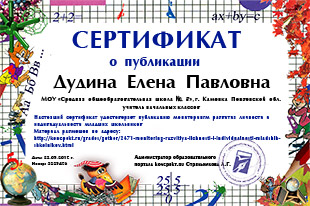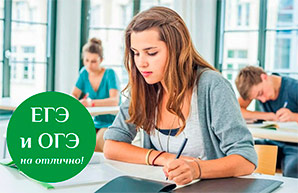Конспект урока английского языка 9 класс "The food marketing and our choices"
Цели урока:
- Описать общие стратегии маркетинга в области продуктов.
- Описать, как маркетинг влияет на то, как мы выбираем еду.
- Уметь читать логотипы и определять, каким можно доверять, а каким нет.
Ход урока
Warm-up and Objective Discussion
I'll show some slides with brands and ask students to identify as many companies or products as they can in two minutes. Then we'll discuss: Where do you see this logo, and how often? Do you think your recognition of this logo affects your food choices? If so, how and why?
Which logo is the most recognizable? Why? I'll explain that when given a choice between comparable products, consumers typically choose the brand they recognize. Ask: What does this tell us about the power of advertising?
I'll explain that building brand recognition is one of many marketing tactics. I'll provide a definition of food marketing: the activities involved in distributing, promoting, and selling a food product.
Instruct and Model
I'll tell students they're going to write a journal entry in response to this prompt: How should food marketing be regulated, and why? Tell them to use any previous ideas they liked or create their own ideas. Brainstorm for some examples. Share the model texts to provide several examples.
I cut them into logical pieces and distribute them to pairs of students. Having different texts in the classroom will help the students have more practice with the structure and the genre in general. Set the students in pairs, ask them to read the texts and put the paragraphs in order. Share the key to discuss.
Focus on the language. Pull out expressions / useful phrases / common tenses / vocabulary etc. from the model text that students will need for their piece of writing. And then we make a mind map together. And after that we make an outline as an example to help them understand their whole future work.
Guided Practice
Give students a bad model of a similar text and ask to correct it. After that we discuss mistakes together and students think how to correct it.
Independent Practice
Students will write a small essay in response to this question: How should food marketing be regulated, and why? I set the time limit for 15 mins. As soon as the students are finished writing, ask them to post their stories on the walls. After that students walk around the class and vote for the best text. They look at vocabulary, grammar and composition.
While students vote teacher have a look at all the works and then give a feedback to each article, commenting on common mistakes and tell the strong sides of sudents' works.
Assessment (Homework)
Students get their work back and try to fix the errors or improve their essays.



